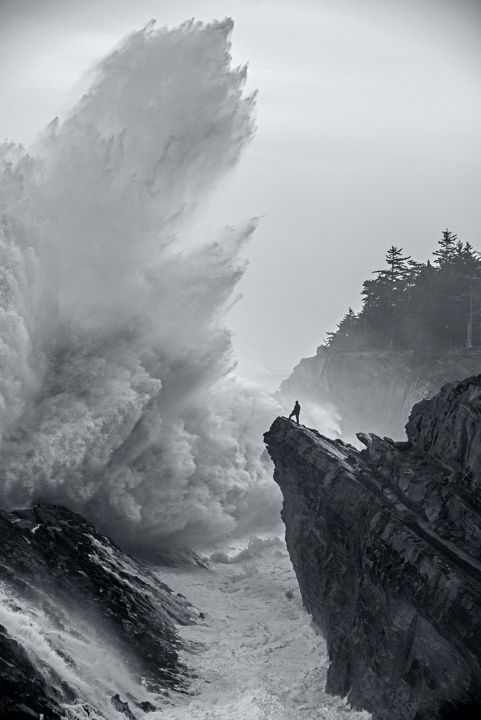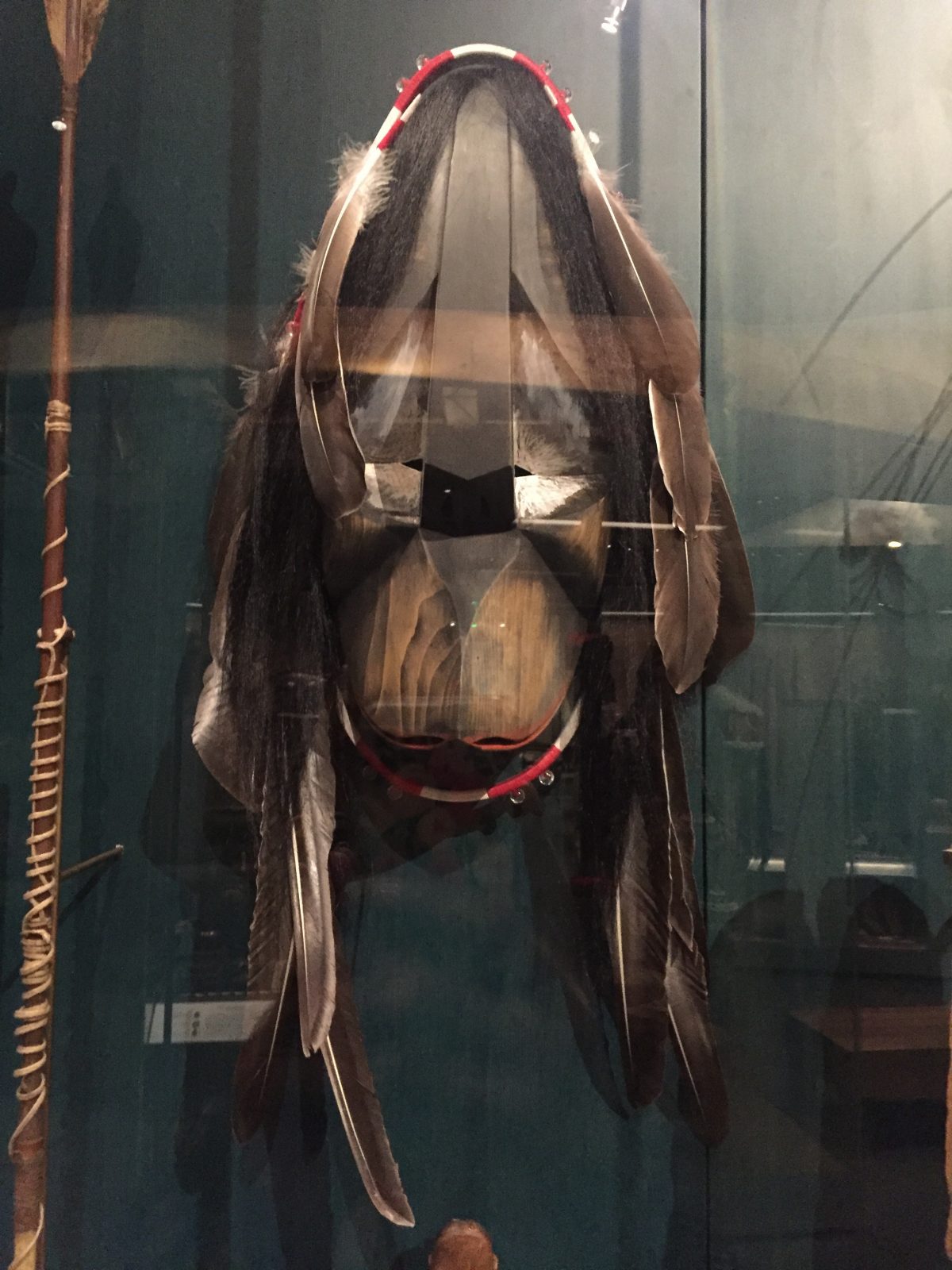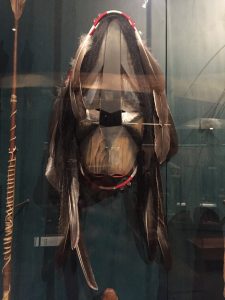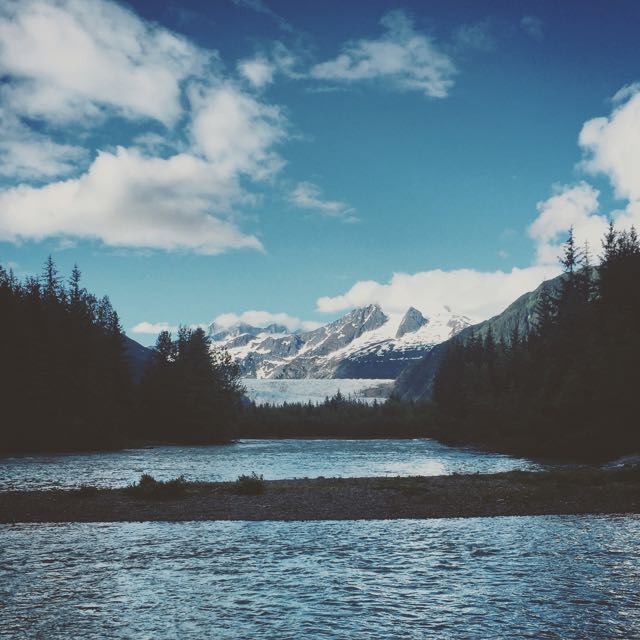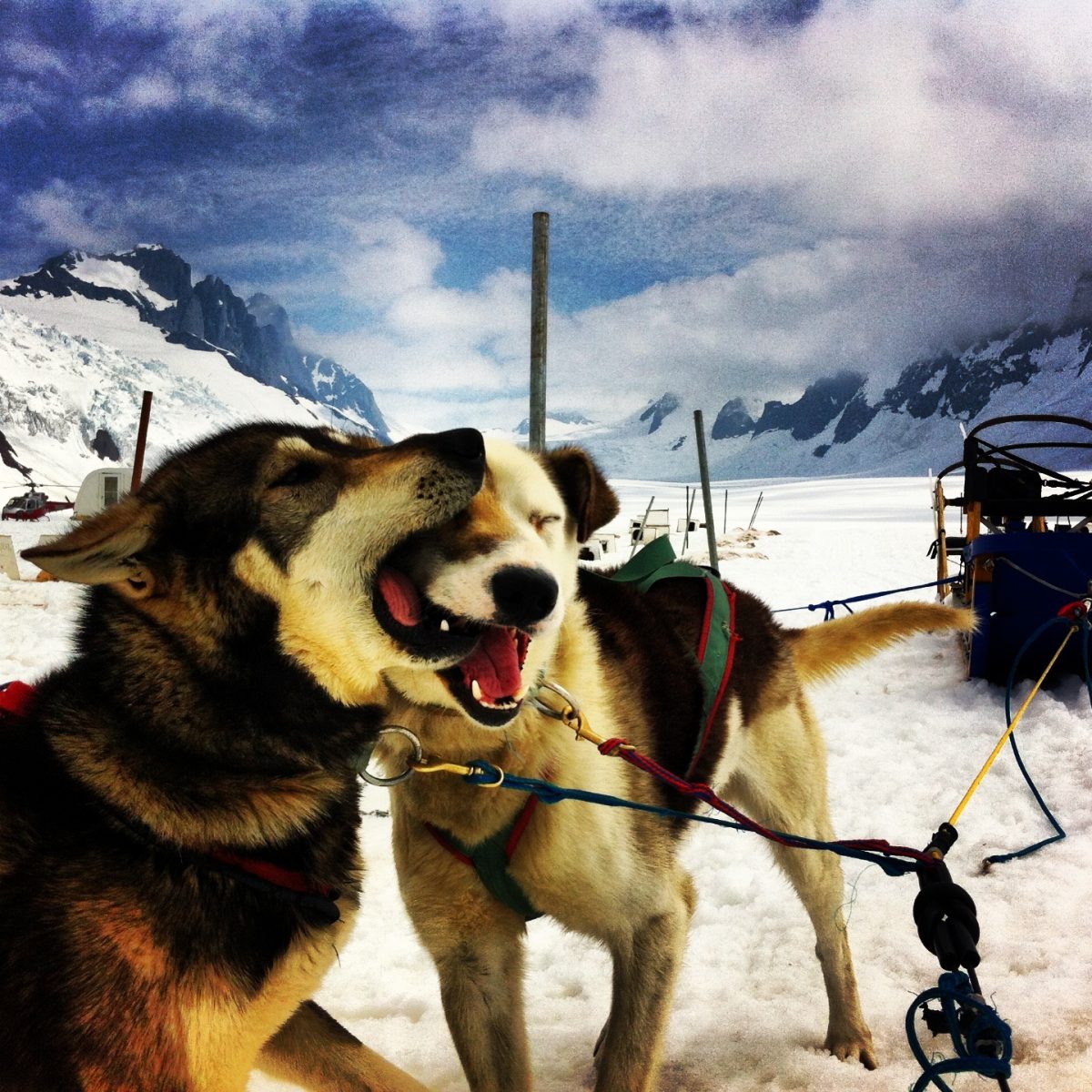Culturally Responsive Teaching. (CRT)
Just saying Thank You is the greatest speech a person can make. – David Katzeek
I have been reflecting on these words since Friday. We had the privilege of hearing from a panel of Elders as well as participate in lessons created by educators mindful of place and culture. Something that astounds me about great teachers is that they make learning so fun, you don’t even realize you are learning. Although my general impression of schooling has always been a one way street of knowledge, that the teacher puts information into the students head, I believe CRT is about creating a two-way street. One where educators learn alongside the student and facilitate learning to include the students own experiences and build off their backgrounds. This means educators need to know their students so well that they can identify their strengths and use them to scaffold learning. CRT fosters a community of respect and inclusivity that incorporates all students backgrounds.
David Katzeek shared knowledge and wisdom with us multiple times this week. One of the many gems he shared was that no matter how old we are, we are still learning, and thus can be corrected and learn new things. He encouraged us not to take offense and even if we think we know something, to listen anyway, repetition only solidifies learning. I sat amazed as I heard these words. I come from a culture where when your Elders speak, there word is law, and unchangeable, passed down from centuries of ancestors. I felt that my culture was stagnant and rebelled against it and thought I knew better. As I have gotten older, each year I realize how little I truly know about the world, and pushes me to want to discover more. I have come to believe that we have two ears and one mouth, we should listen twice as much as we speak. I have yet to master this, and feel it will be a lifelong study. But David’s humbleness struck me and reminded me that I have much learning to do, and I will do it with a smile on my face.
Practicing CRT, I will no doubt be corrected a lot. I will not be the smartest person in the room at all times, I will always have more to learn whether it is from my administrators, peers, or students. Being humble is an important characteristic of CRT, as well as the desire to always learn more. Being creative in your lesson planning process is key so one can include a multitude of perspectives. Paula Savikko’s presentation on place-based learning was extraordinary. She has effectively managed to incorporate place and relevance into her curriculum through field trips and local projects. She fostered real skill development, for example; giving her students real tools they were responsible for and having them do a PSA on local stream health among other projects. Later in the day Angie Lunda had us comparing diapers vs sphagnum moss and how they stacked up against one another. She gave us a question and let us answer in any way we chose. This kind of open-ended project allows the students to answer in their own forms of communication and reinforced there is no one “right” way, which I think is a bigger message about culture, there is no one “right” culture.
It has been an incredible first week, emotional, disarming, and thought provoking. I know some of the questions posed on us here have begun a life-long dialogue. I’m curious to see where we all go with it.
Further Thoughts on CRT:
Our group did not have the privilege of meeting Alberta Jones, but Angie gave a good overview of her presentation to us. I appreciated the knowledge on how to engage Elders. While there were many points that I felt were common knowledge, it was great to see them laid out in this format. I learned there are gracious ways to let someone say no, not just an Elder.
Ernestine Hayes was an incredible insight to culturally relevant teaching. Her story of being a seagull vs. a bluebird really resonated with me. Making sure we as teachers don’t categorize students to feel excluded is critical, we could inadvertently set them on an “excluded path” for life. Hearing her story of the seagulls resonate within her years later as she stands among her peer professors at the University of Alaska – Southeast evoked a clear image of a young girl still feeling excluded. Understanding and reaching out to all of our students and making sure they are all included, that was my take away from last weeks discussions.
